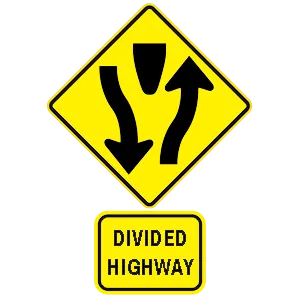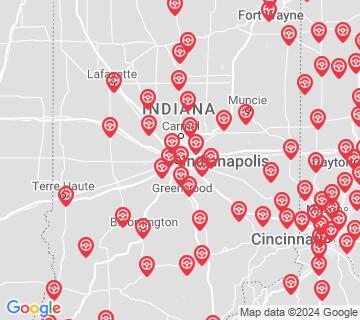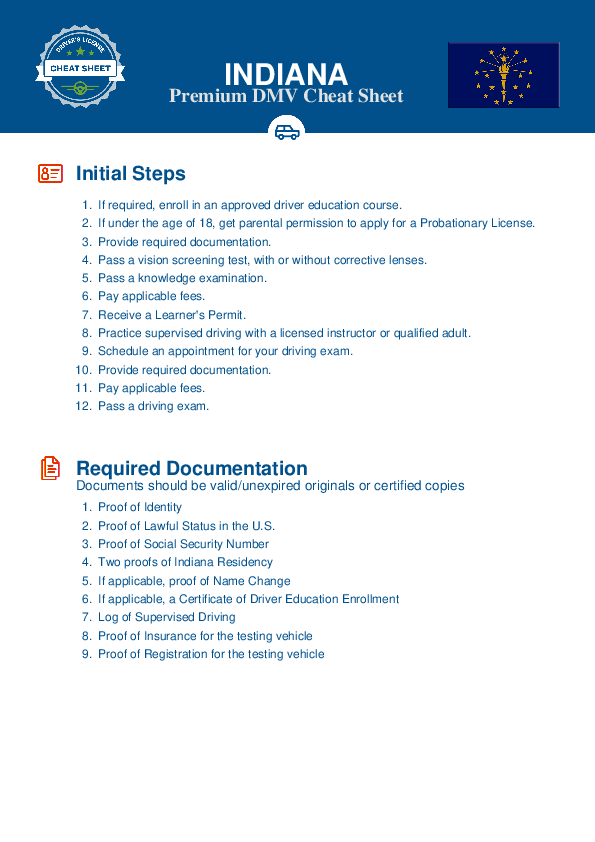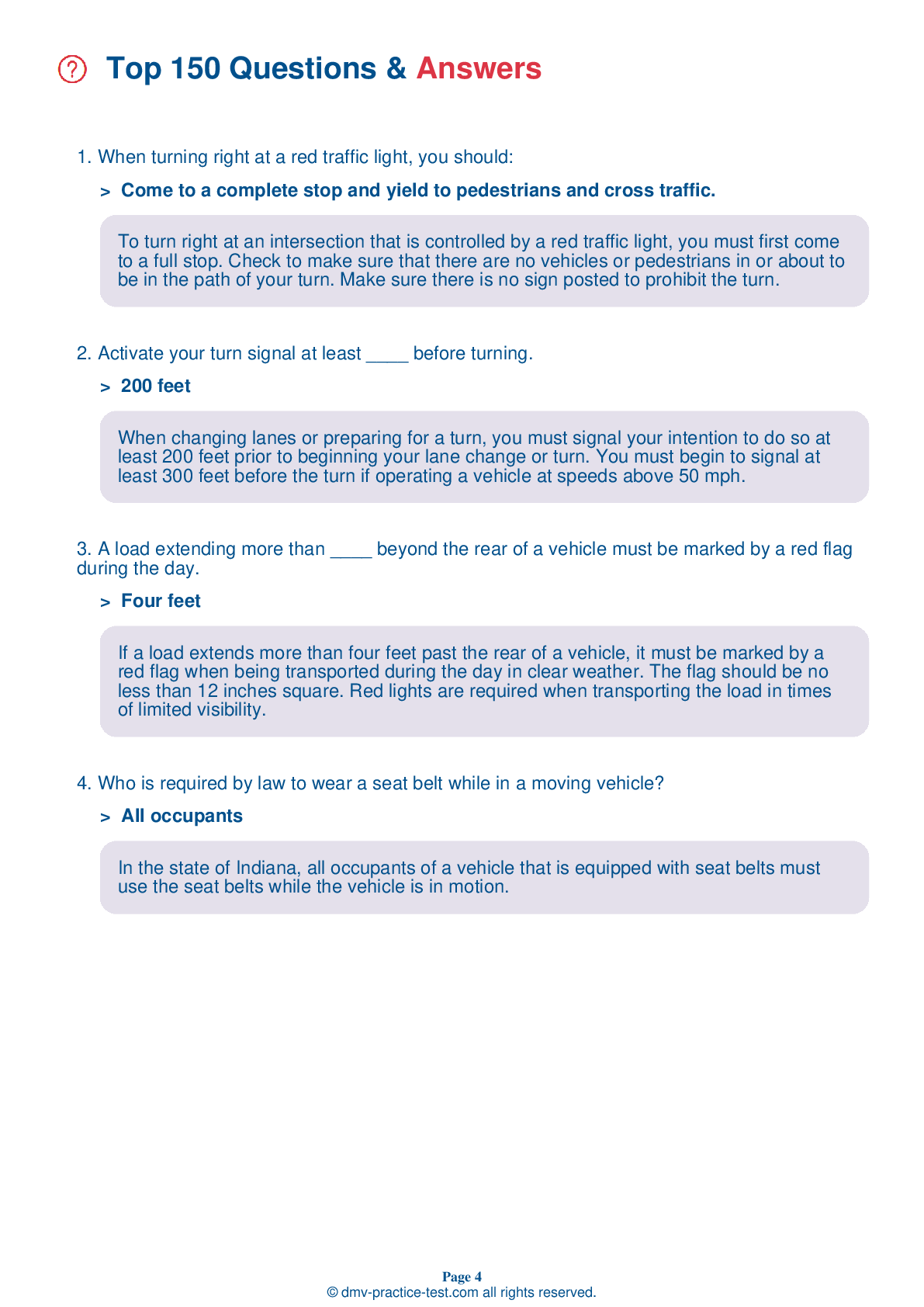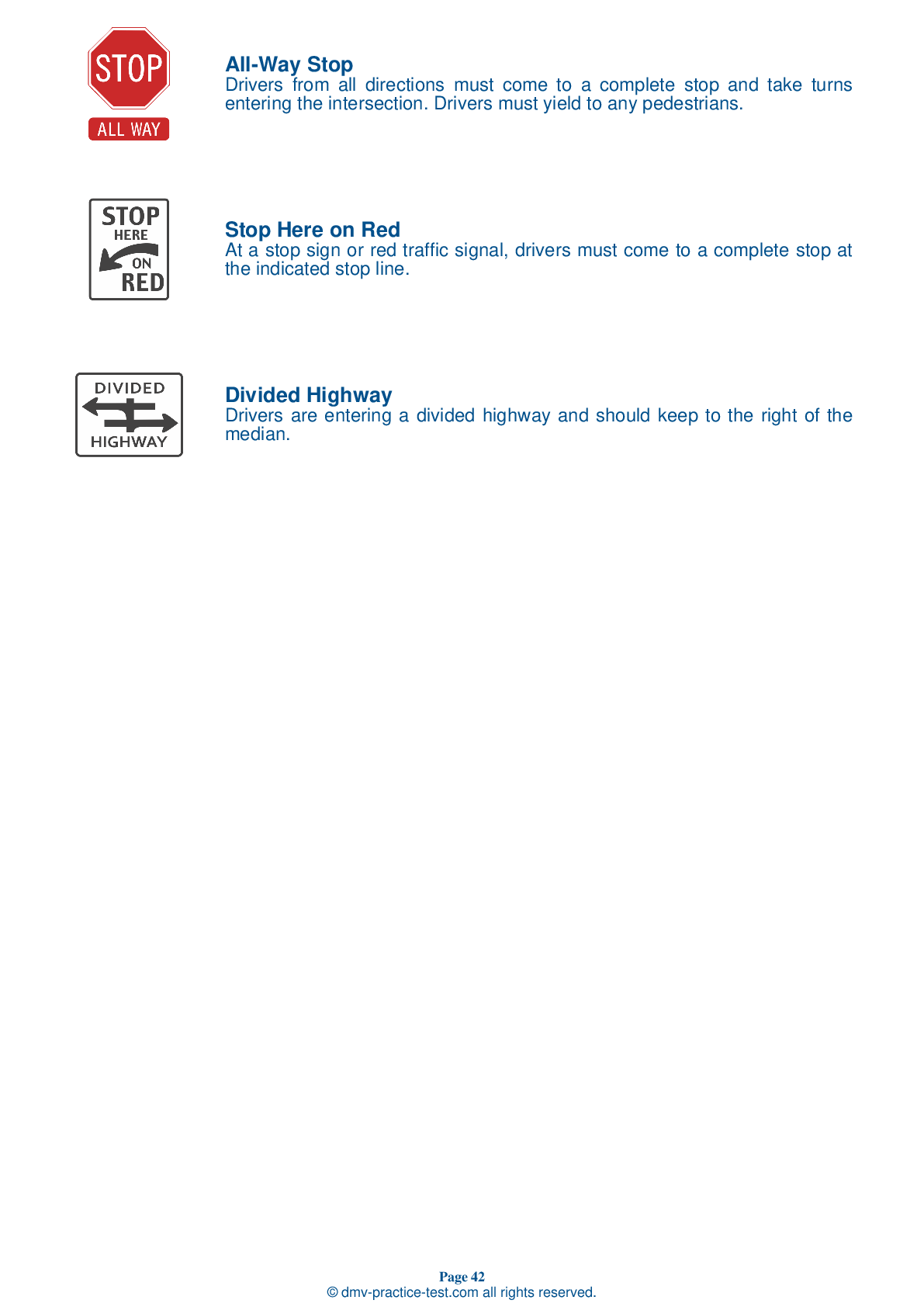FREE Indiana DMV Practice Test #9 Page 3 of 5
This set of Indiana DMV practise tests has been updated for January 2025. It includes questions based on the Indiana Driver Handbook's most significant traffic signals and laws for 2025. Use actual questions that are very similar (often identical!) to the DMV driving permit test and driver's licence exam to study for the DMV driving permit test and driver's licence exam.
On the practise exam, each question gets a tip and explanation to help you remember the concepts. The written component of the official Indiana DMV test will include questions about traffic rules, traffic signs, and driving statutes, as well as information from the Driver Handbook.
To obtain a passing grade, you must correctly answer 44 of the 50 questions. Take our DMV practise exam to help you prepare for your Indiana instruction permit or driver's licence.
The DMV exam is available in several languages.
Using any kind of testing assistance will result in an automatic fail, and the DMV may take additional action against your driver's licence, so stay away from it.
17 . The driver's left arm and hand are extended upward. This hand signal means that the driver plans to:
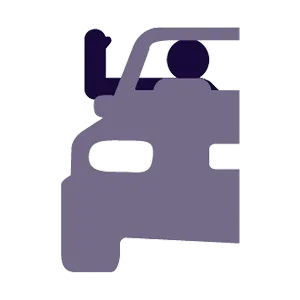
If a driver's left arm and hand are extended upward, they are indicating that they intend to turn right. Adjust your driving accordingly if following a driver who is using this hand signal.
18 . This road sign means:

This sign means that a traffic signal is ahead. You should slow down and be prepared to stop.
19 . Is it legal cross a double solid yellow centerline to pass?
Two solid yellow lines down the center of a two-way road mean that neither lane of traffic may cross the lines, unless they are turning off of the roadway. A driver can cross double yellow lines when turning into or out of a driveway or entrance to a business. No passing is allowed over a solid yellow line.
20 . This sign means:
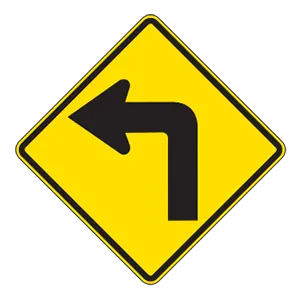
Warning signs prepare drivers for upcoming road conditions and hazards and are usually yellow with black markings. This sign warns drivers that there is an upcoming sharp turn and that they should lower their speed accordingly.
21 . When driving in traffic, it is safest to:
Crashes often happen when some drivers go faster or slower than other vehicles on the road. Always try to drive with the flow of traffic, within the posted speed limit.
22 . You are driving when it begins to rain. You should:
When heavy rain reduces visibility, reduce your speed. Turn on your headlights so other drivers can see your vehicle. If the rain is so heavy that you are unable to see clearly, drive onto the shoulder and stop until the rain lets up.
23 . When driving in fog, you should use your:
If you must drive in foggy conditions, you should use your low beam headlights, as well as your fog lights, if your vehicle has them. High beams direct their light upwards, where it can bounce off the fog and into your eyes, reducing visibility even more.
24 . You are waiting to turn left at a multilane intersection and opposing traffic is blocking your view. You should:
You should never start a left turn until you can see that all the lanes you need to cross are clear and that you can safely make the turn.
25 . This sign means:
